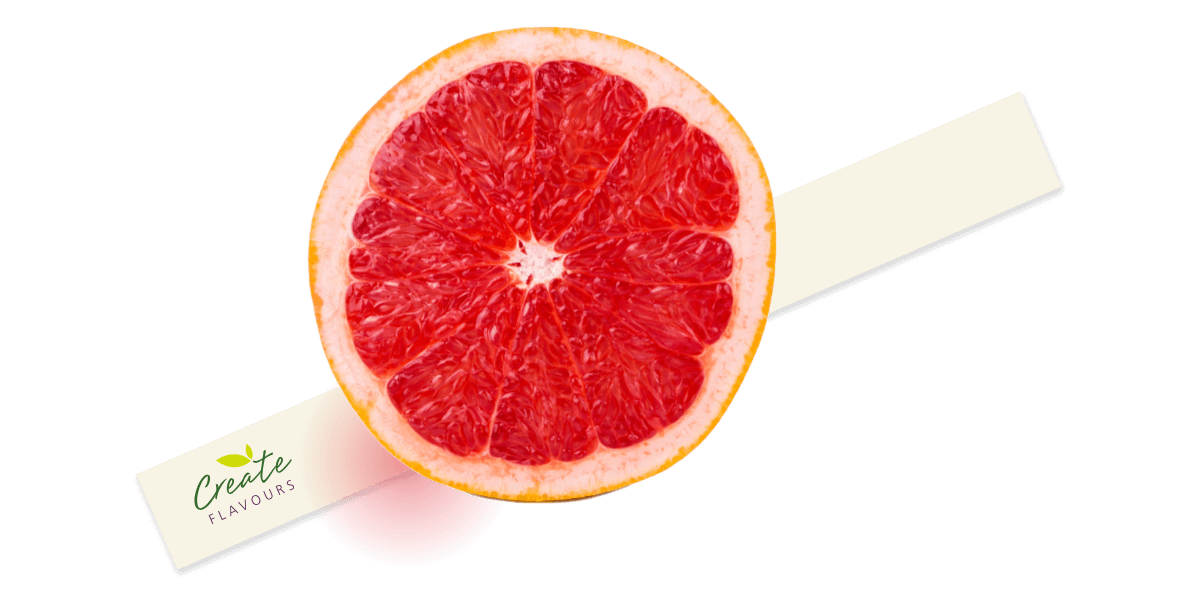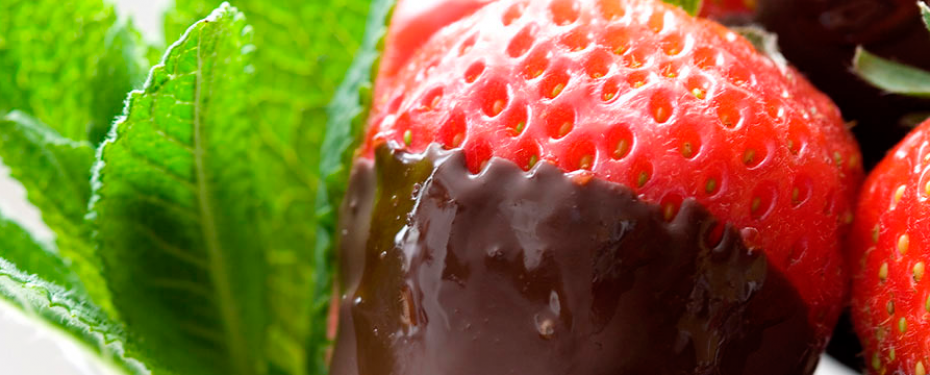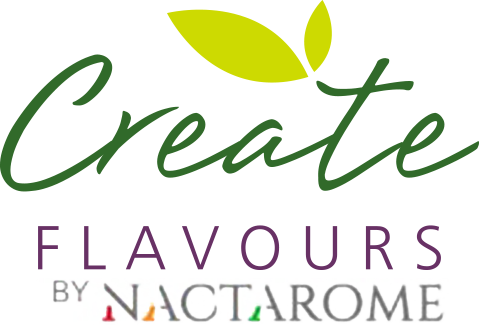X
Contact Us
+ 44 (0)1275 349 300
info@createflavours.com
Create Flavours, Unit 11 Windmill Business Park
Windmill Road, Kenn, Clevedon
North Somerset, BS21 6SR, UK
Map

NEWS
Abstract Flavours
12th July 2012

How can you add flavouring to a foodstuff that has no taste or smell, and if you could what effect would it have on your senses? Of course the question itself doesn’t really make sense, if it is a flavour, i.e. a substance or mixture of substances with flavouring properties then by its very nature it must taste or smell of something, it can’t have no gustatory or olfactory effect. This was a question we asked ourselves some time ago and the resulting work we did at Create was very interesting.
Where did we start? Well we started with reference to the visual world and the world of art or more specifically the world of painting. Without wishing to sound too pretentious, what a flavourist does when creating a flavour is to take a lot of complex information and pick out the relevant bits, the important bits that make say, a lemon smell like a lemon or a tomato smell like a tomato. This is perhaps something like the process that artists may go through when they’re producing an abstract work (OK, I agree this is starting to sound a bit pretentious). The painting still references something in the visual world, but the result is concentrated, distilled, the very essence of the thing. But what if we were to take that process a bit further, what if we could produce a food smell with no reference to the food world? This was the challenge.
The odour of most foodstuffs is very complex indeed. Take coffee; well over 1000 individual volatile components have to date been identified in the aroma of coffee. As you can imagine, some of these components have the characteristics of coffee, some are roasted, some brown and sugary, some are smokey and phenolic, but some, and here’s the point, don’t really smell of coffee at all. They possess and elicit aroma, but they don’t really contribute in any way to the overall impression that say a lovely cup of hot coffee gives. These materials are usually ignored by the flavourist, but for this project these were the ones that we concentrated on.
What were the results of our efforts? Well, as I said earlier interesting, we put the flavours (or are they?) into soft drinks and asked our sensory team to evaluate them. Some of the comments were e.g. “that tastes of apple” or “that tastes of citrus”, but many other comments were along the lines that we were expecting and very vague: “it tastes of something, but I can’t describe what it is”. We’ve no real idea where we’re going with this work, but it certainly demands some more thought and some more resource in the future.

